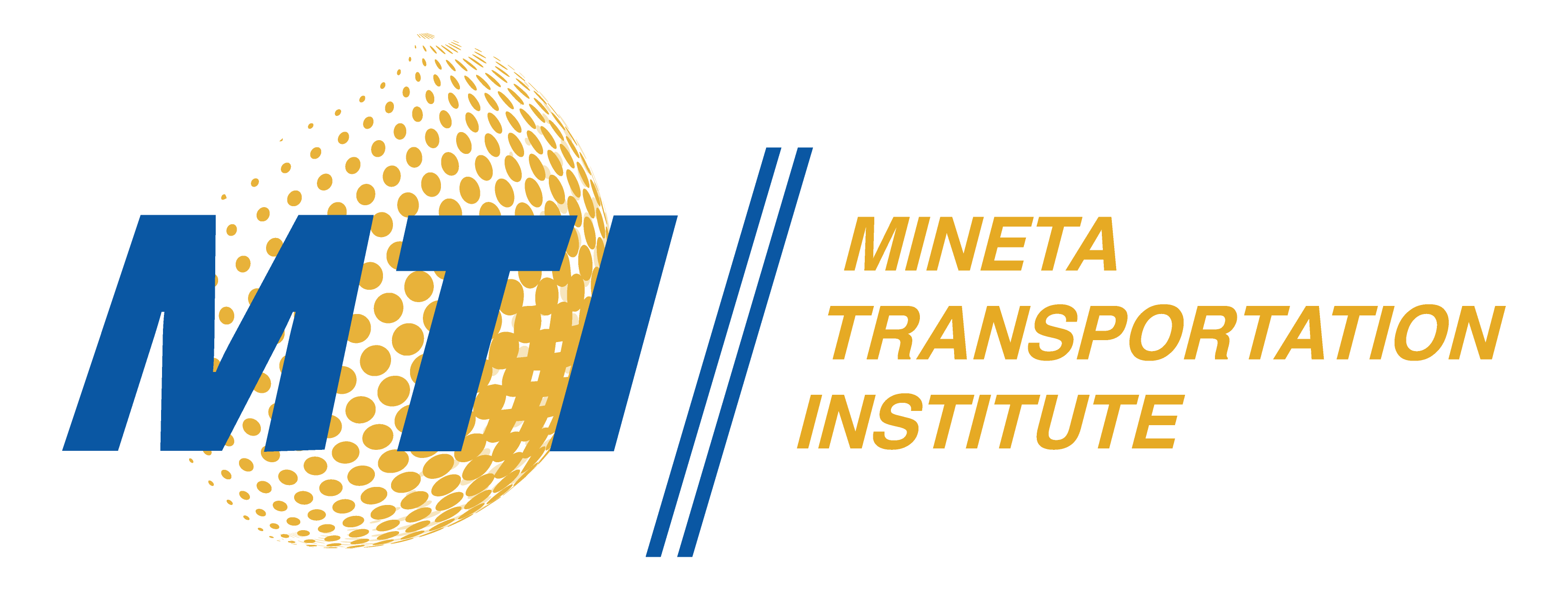Description
Frustrated with increased parking problems, unstable gasoline prices, and stifling traffic congestion, a growing number of metropolitan city dwellers consider utilizing the mass transit system. Reflecting this sentiment, a ridership of the mass transit system across the United States has been on the rise for the past several years. A growing demand for the mass transit system, however, necessitates the expansion of service offerings, the improvement of basic infrastructure/routes, and the additional employment of mass transit workers, including drivers and maintenance crews. Such a need requires the optimal allocation of financial and human resources to the mass transit system in times of shrinking budgets and government downsizing. Thus, the public transit authority is faced with the dilemma of “doing more with less.” That is to say, the public transit authority needs to develop a “lean” strategy which can maximize transit services with the minimum expenses. To help the public transit authority develop such a lean strategy, this report identifies the best-in-class practices in the U.S. transit service sector and proposes transit policy guidelines that can best exploit lean principles built upon best-in-class practices.
Publication Date
4-2017
Publication Type
Report
Topic
Transit and Passenger Rail
MTI Project
1235
Mineta Transportation Institute URL
https://transweb.sjsu.edu/mntrc/research/Assessing-Efficiency-Mass-Transit-Systems-United-States
Keywords
Mass transit systems, transit performance metrics, data envelopment analysis, comparative efficiencies, demand response
Disciplines
Transportation
Recommended Citation
Hokey Min. "Assessing the Efficiency of Mass Transit Systems in the United States" Mineta Transportation Institute (2017).
Research Brief

